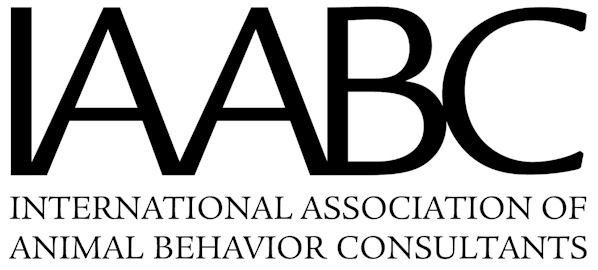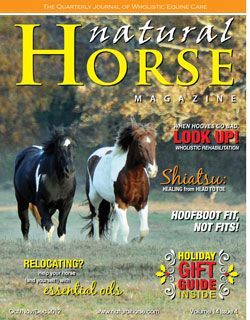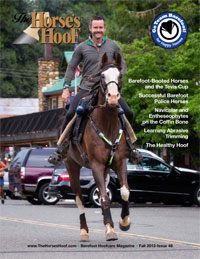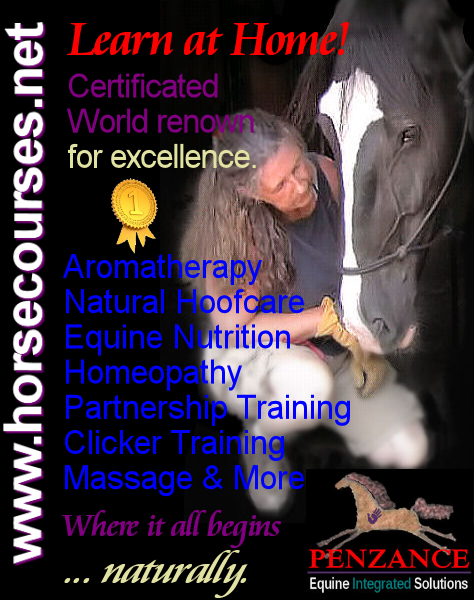| PENZANCE’S [Comments] on the article below: You’ll find my comments and notes in red and [BRACKETS] and what I feel are pertinent points to be bold and italicized.
Easy does it |
| It’s not your horse’s fault if he’s an “easy keeper”. Like a person, a horse has his own metabolic rate and genetic tendencies. Add in lack of exercise, too many treats, overfeeding (of processed feeds), even stress, and the easy keeper is at risk for hormone imbalances, arthritis and laminitis. It should be no surprise that the overweight horse will not perform at his peak.
Metabolic consequences Watch for fat accumulation above your horse’s eyes, on his rump, along his neck (“cresty neck”) or in a fatty spinal crease down his back. All overweight horses have some degree of insulin resistance, so feed the easy keeper on that assumption to be on the safe side. Rules of proper weight management The first step in any weight management program is to have your horse thoroughly examined by your veterinarian, including a complete blood count and chemistry panel tests, to rule out any underlying medical disorders. Then take a hard look at your horse’s feeding and exercise regimens. Rule #1: Rule #2: The high sugar in carrots and apples increases blood insulin levels. Avoid them, as well as any commercial treats made from cereal grains and molasses. [ I disagree with this — if a horse is getting enough VARIATION of fresh vegetables, fruits, nuts and seeds, he’ll be able to utilize the sugars in the fruits to build healthy, weight-perfect bodies. The variation of fruits, vegetables, nuts and seeds will meet his total nutrient and dietary needs in addition to free choice, good quality, grass/alfalfa hay. If you horse leans towards IR or Metabolic Syndrome then feed those ‘salads’ that are focused on helping to stimulate glucose tolerance and proper insulin functioning.] Rule #3: Be careful when feeding high-calorie hay such as grain hays (oat, crested wheatgrass, rye) and grass/legume combinations (Timothy/alfalfa mixes). Alfalfa is a wonderful feed, but it’s higher in calories than grass, so limit it to no more than 20% of the total forage ration.[A good quality MIXED HAY = Timothy, Grass, Alfalfa] Alfalfa boosts the protein quality in the forage mix. High quality protein maintains immune function, protects the vital organs, keeps bones, muscles and joints strong, and builds healthy hooves, skin and hair. Low quality protein is unusable and can be stored as fat.
Sure, your stabled horse “inhales” every speck of available hay now – he is storing up until his next feeding. So give him all he wants. The free-choice adjustment takes about a week, during which the horse may initially overeat, but he will soon trust the hay to be there, and will moderate his consumption. At that point, you can measure his regular intake to make other feed calculations. And look for a bonus: fed free-choice, horses generally become calmer and more tractable. Rule #5: A grazing muzzle may seem ideal, but it can be counterproductive by causing stress and slowing the metabolic rate. So watch your horse; if a muzzle is frustrating him, it’s not helping. Rule # 6: Most comprehensive products contain a balanced mixture of vitamins and minerals. If your horse’s diet contains more than 8 pounds of alfalfa, choose a supplement designed for alfalfa-based diets; it will be lower in calcium. A caution about iron: too much may increase insulin resistance as well as depress immune function. In any case, forage is iron rich, making supplementation unnecessary. Three nutrients are commonly undersupplied: vitamin E, omega-3 fatty acids and magnesium. • Magnesium helps lower circulating insulin levels, allowing your horse to burn fat rather than store it. Add enough magnesium to provide 5,000 mg per 250 pounds of body weight. If possible, have your hay analyzed first to see how much your horse is getting and then supplement the difference. • Aim for 1 IU of vitamin E per pound of body weight at maintenance; more if exercised. Vitamin E and selenium work together. However, selenium can be toxic at relatively low levels, so be sure to evaluate the selenium content of the total diet before supplementing. It should be no more than 1 to 3 mg total (maximum 5 mg, if in heavy training). • Omega 3 fatty acids are necessary for proper immune function, joint health, and hoof and hair condition, and they also regulate blood insulin levels. Although high in fat calories, flaxseed meal in small quantities provides unparalleled support for your horse’s health. [Again, also offer Black Oil Sunflower seed as this provides the balance of the Omegas. Flax = 3; BOSS = 6 & 9 Also, if you feed vegetables that are rich in these minerals and extras then you’ll pretty much be adding what the horse needs in terms of nutrients. Instead of Olive Oil for Vitamin E, choose Safflower Oil which is a very strong, natural source of high Vitamin E.] Excess weight hinders the easy keeper’s quality of life. With just a little extra attention, you can help your horse achieve and maintain ideal weight, and with it, optimal wellbeing – and that is a gift sweeter than sugar. |

 Rule #4:
Rule #4:









I agree with your statements 100% except I would use Chia instead of Flax.